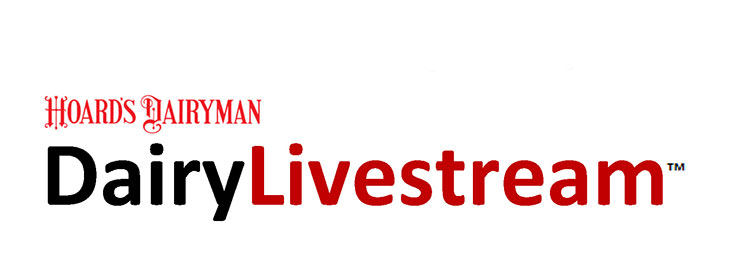
“Demand destruction” is how Andy Novakovic describes the impact of the current global COVID-19 pandemic on the dairy supply chain.
Novakovic, longtime dairy economist at Cornell University, was joined by Mark Stephenson, director of dairy policy analysis at the University of Wisconsin-Madison, and Chris Wolf, dairy economics professor at Cornell University, in the inaugural DairyLivestream broadcast on April 15. The panel was moderated by Corey Geiger, Hoard’s Dairyman managing editor.
If you missed the live conversation, you can view it here.
DairyLivestream is a special series of web meetings featuring expert perspective from our nation’s leading dairy economists. The panel presentation and discussion are designed to address producer concerns around the changes in dairy markets that have quickly piled up over the last month.
This week’s broadcast focused on the issue of milk dumping from the perspectives of dairy farmers, processing plants and milk haulers, and dairy marketing.
Wolf explained that small-scale milk dumping has occurred on farms in the past due to events such as weather or during the spring flush. This dumped milk is able to be paid for at the lowest class price, often Class IV. If farmers are having to dump milk now, they can at least feel secure that that volume should not affect their eligibility for the Dairy Margin Coverage (DMC).
Tracking just how much milk is being dumped is proving to be more difficult, though. Stephenson said that at least 1.5 million pounds are being dumped per day in Wisconsin alone, which is likely the epicenter of the country’s dumping. He cautioned, though, that the estimate may prove to be more like 5 million pounds.
Processing plants are quickly approaching cold storage and facility limits. Novakovic reminded that the dairy supply chain is extremely nimble, but the current situation is unprecedented and forcing tremendous flexibility. The biggest influence on dairy demand has been the drastic cut in food service orders.
However, we are also seeing a significant demand change, too, as retail fluid milk sales have been growing. In Wisconsin, Dairy Farmers of Wisconsin and the state’s department of agriculture were able to get Target stores to lift limits on consumer dairy purchases, particularly milk. Checkoff organizations such as the American Dairy Association North East have partnered to deliver milk to thousands of food banks. Solutions across the supply chain continue to be explored.
These panelists will join up again for more live discussion and questions next Wednesday, April 22 at 11 a.m. CST and also on Wednesday, April 29 at 11 a.m. You can register for both sessions here.








